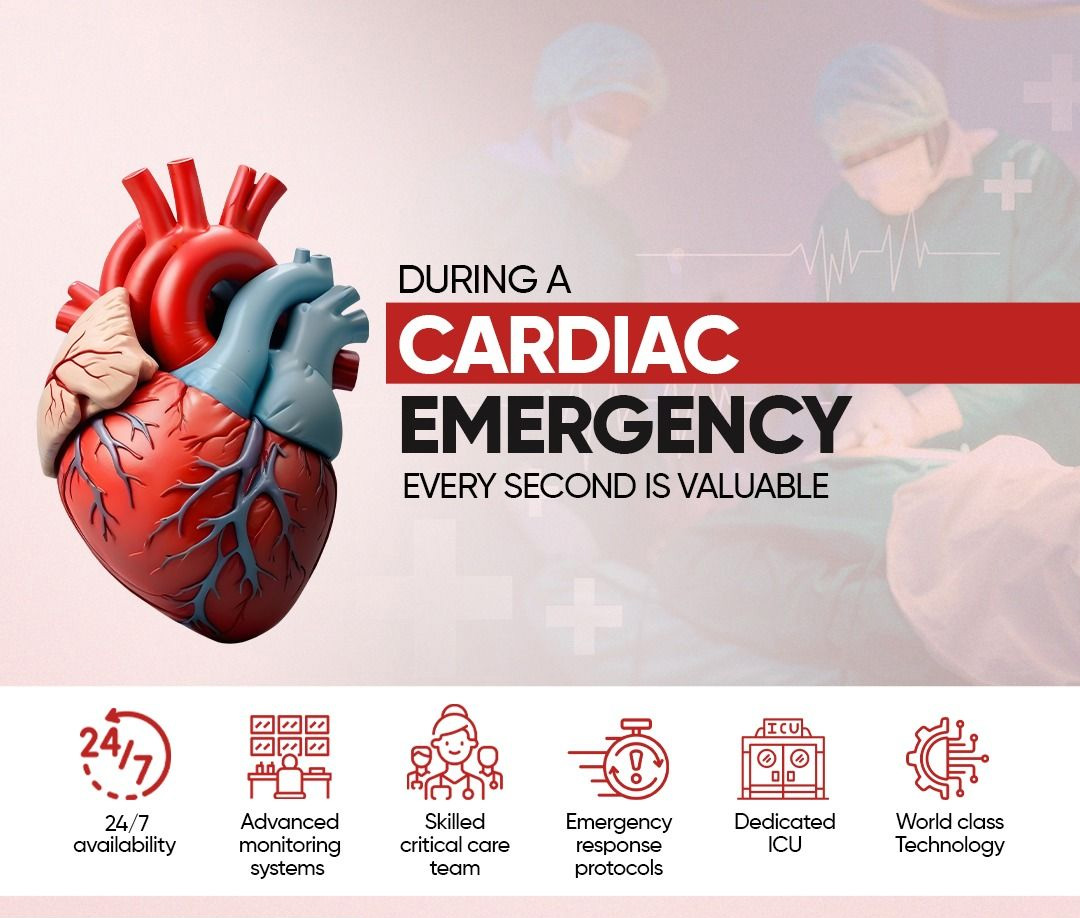Understanding Heart Function & the Role of Cardiac Stents

The efficient functioning of the heart relies heavily on a healthy and uninterrupted supply of blood through the coronary arteries. The better the blood flow to the heart, the healthier and more effective the heart's performance. However, when there’s any blockage or narrowing in these arteries, it can reduce blood supply, ultimately leading to coronary artery disease (CAD).
A cardiac stent is a small, expandable metal mesh tube inserted into narrowed or blocked coronary arteries during a procedure called coronary angioplasty. It helps restore and maintain adequate blood flow to the heart muscle. This technique is especially life-saving during a heart attack, as it helps quickly re-establish blood flow and minimize heart muscle damage.
Why and When to Replace a Heart Stent
Although cardiac stents are crucial in managing heart disease, they are not always permanent solutions. In some cases, stents may need to be replaced due to the following reasons:
1. Heart Tissue Damage
After stent placement, regular follow-ups are necessary. If the stent starts to lose effectiveness, the blood supply to the heart muscle may decrease. This can result in reduced oxygen delivery, leading to tissue damage. When this occurs, replacing the stent becomes essential to restore proper blood flow.
2. Severe Coronary Blockage
In some patients, a standard-sized stent may not be sufficient to hold the artery open, especially in cases of severe or recurring blockages. A larger or more advanced stent may be required to allow a greater volume of blood to flow. Inadequate intervention can result in conditions such as bradycardia (slow heart rate) or even a cardiac arrest.
3. Scheduled Replacement
Typically, the effect of a stent can last up to 6 months or longer. However, stents are not a permanent cure. Patients at high risk of future heart attacks may need a replacement to maintain heart function and prevent complications like re-narrowing (restenosis) or blood clot formation.
4. Cholesterolemia (High Cholesterol Levels)
Excessive intake of fatty or cholesterol-rich foods can lead to plaque buildup even around stented areas. This hinders blood flow despite the presence of a stent. If high cholesterol levels persist post-surgery, additional procedures or stent replacement may be required. Following a heart-healthy diet as advised by your doctor is critical in such cases.
5. DES (Drug-Eluting Stents) Complications
Drug-eluting stents (DES) release medications like paclitaxel to prevent re-blockage of arteries. However, some patients may have adverse reactions to these drugs. In such cases, the stent may need to be removed and replaced with an alternative method or a bare-metal stent to avoid complications.
6. Age-Related Factors
As patients age, their heart muscles (especially the myocardium and ventricles) may weaken, reducing the heart’s ability to pump blood efficiently—even with improved blood supply from a stent. Over time, stents may lose effectiveness, particularly beyond 5 years. Older patients often require close monitoring, and decisions on stent replacement depend on their overall health, adaptability to treatment, and heart function.
Conclusion
While heart stents are a valuable intervention in managing coronary artery disease, they require proper care, regular monitoring, and in some cases, timely replacement. Maintaining a heart-healthy lifestyle, managing cholesterol, and following your doctor’s advice are essential steps to ensure long-term cardiac health.
If you're experiencing symptoms such as chest pain, shortness of breath, fatigue, or irregular heartbeat after stent placement—consult your cardiologist immediately.





